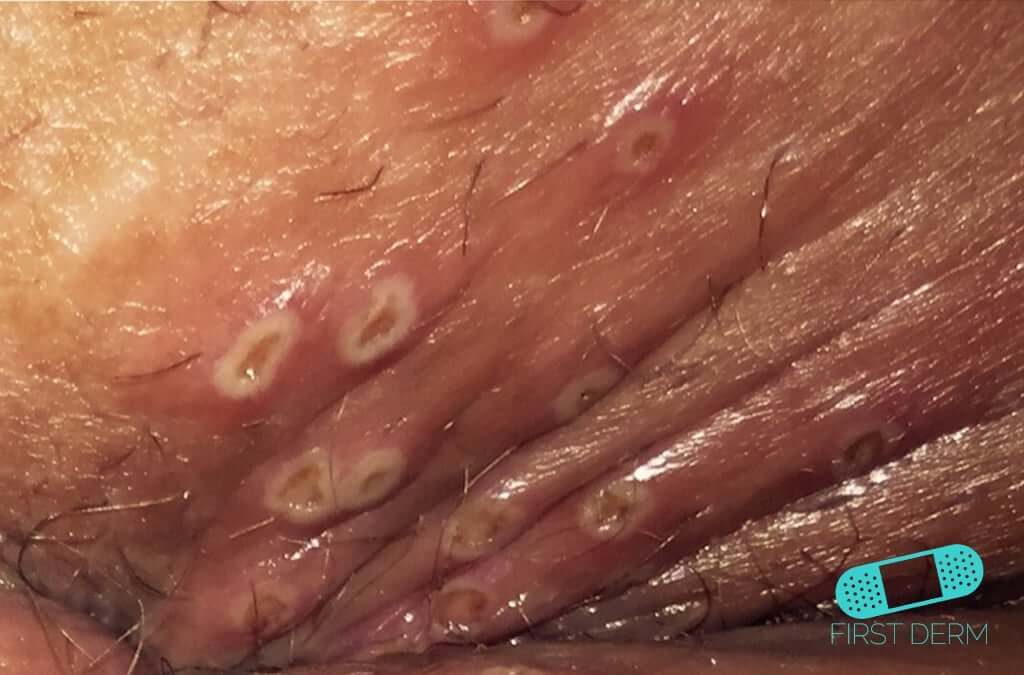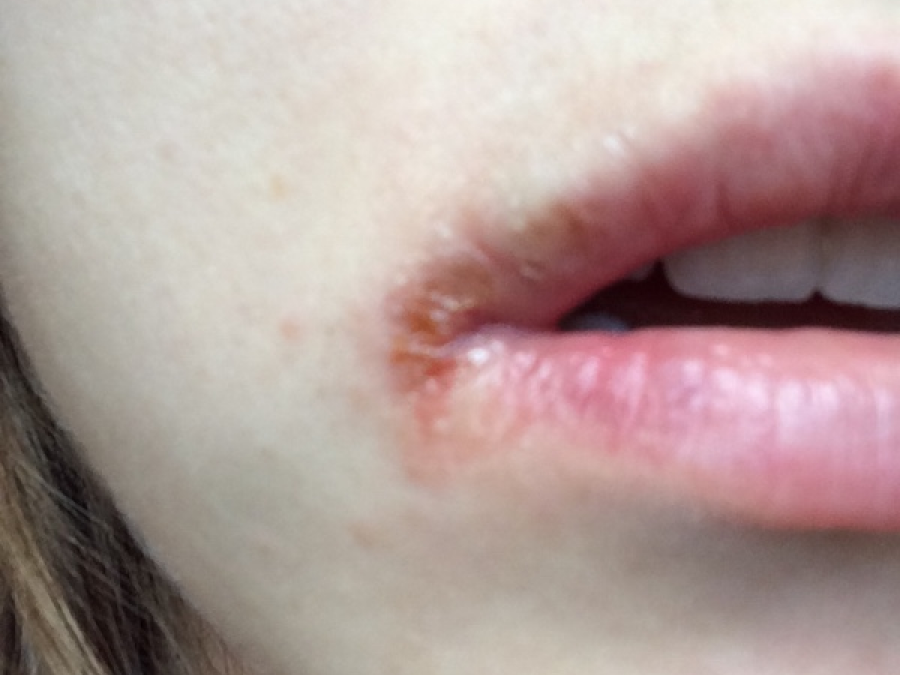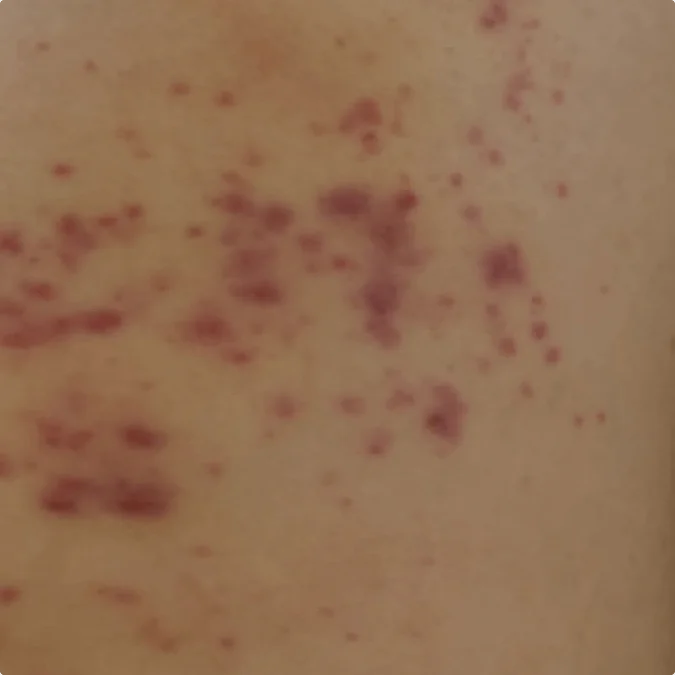Genital herpes is caused by a contagious virus called herpes simplex and is very common. The disease is very common, about one-third of all adults have at some point been infected by the virus.


Genital herpes is caused by a contagious virus called herpes simplex and is very common. The disease is very common, about one-third of all adults have at some point been infected by the virus.

Explore Angular Cheilitis causes, symptoms, and treatments. First Derm’s guide helps you understand and manage this common oral condition

Learn about swimmer’s itch, a skin rash caused by parasites in water. Find out the symptoms, causes, treatment & prevention of this condition.
Lichen Sclerosus et Atrophicus (LSeA) is a common inflammatory disorder that can affect the anogenital region. Its exact cause remains unknown; however, it is thought to be autoimmune in nature. A role for the bacteria Borrelia burgdorferi has also been proposed.
Purpura or purpura is the term used to describe a reddish discoloration of the skin or mucous membranes due to extravasation of red blood cells.
A port-wine stain is a birthmark caused by a kind of malformation of the skin’s small blood vessels. It is a rare condition, occurring on 0.3% of newborns.
Sudden appearances of spots, blisters or continuous rashes are often due to viruses. Often – but not always – the child also has other symptoms, such as fever.
Vulvitis is not a disease, but an inflammation of the vulva caused by an infection, allergy or injury. The vulva is the area of skin outside of the female genitalia, and is prone to irritation because of its moistness and warmth.
Maculopapular rash is a telltale sign of Zika. Other initial signs of Zika infection include mild fever, fatigue, headache, bloodshot eyes, joint pain and muscle pain. However, there may not be any visible symptoms.
Neurodermatitis, or lichen simplex chronicus, begins with an itch. It is a neurological disorder involving chronic itching and scratching.
Gianotti-Crosti syndrome is a skin condition that primarily affects children aged 6 months to 12 years. It is also known as “papular acrodermatitis of childhood” and “papulovesicular acrolated syndrome.”
Lyme disease is a very dangerous bacterial infection, most commonly transmitted through tick bites. The ticks that transmit Lyme disease can occasionally transmit other tick-borne diseases as well.